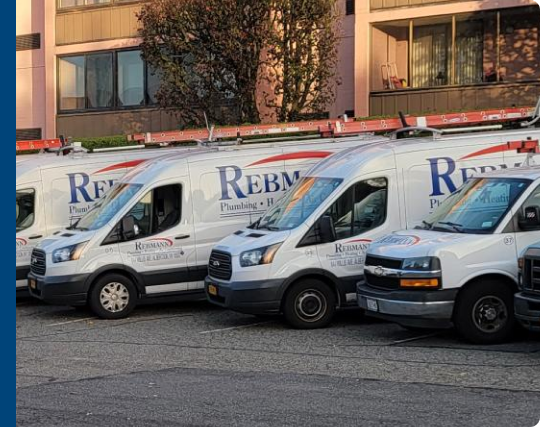Win a Brand New Central AC System! Enter our Oldest AC Contest for a chance to win a new central AC system.
24/7 Emergency Service
Reach out to the experts at Rebmann Plumbing, Heating & Air Conditioning if you have a plumbing or HVAC emergency on Long Island. We’re here to help 24/7. If your furnace goes out in the winter or your AC stops cooling in the middle of summer, we’ll repair it day or night. Call our team at 516-746-5678 for emergency services on Long Island, Roslyn, or Port Washington, NY. Residential and commercial repairs available.




